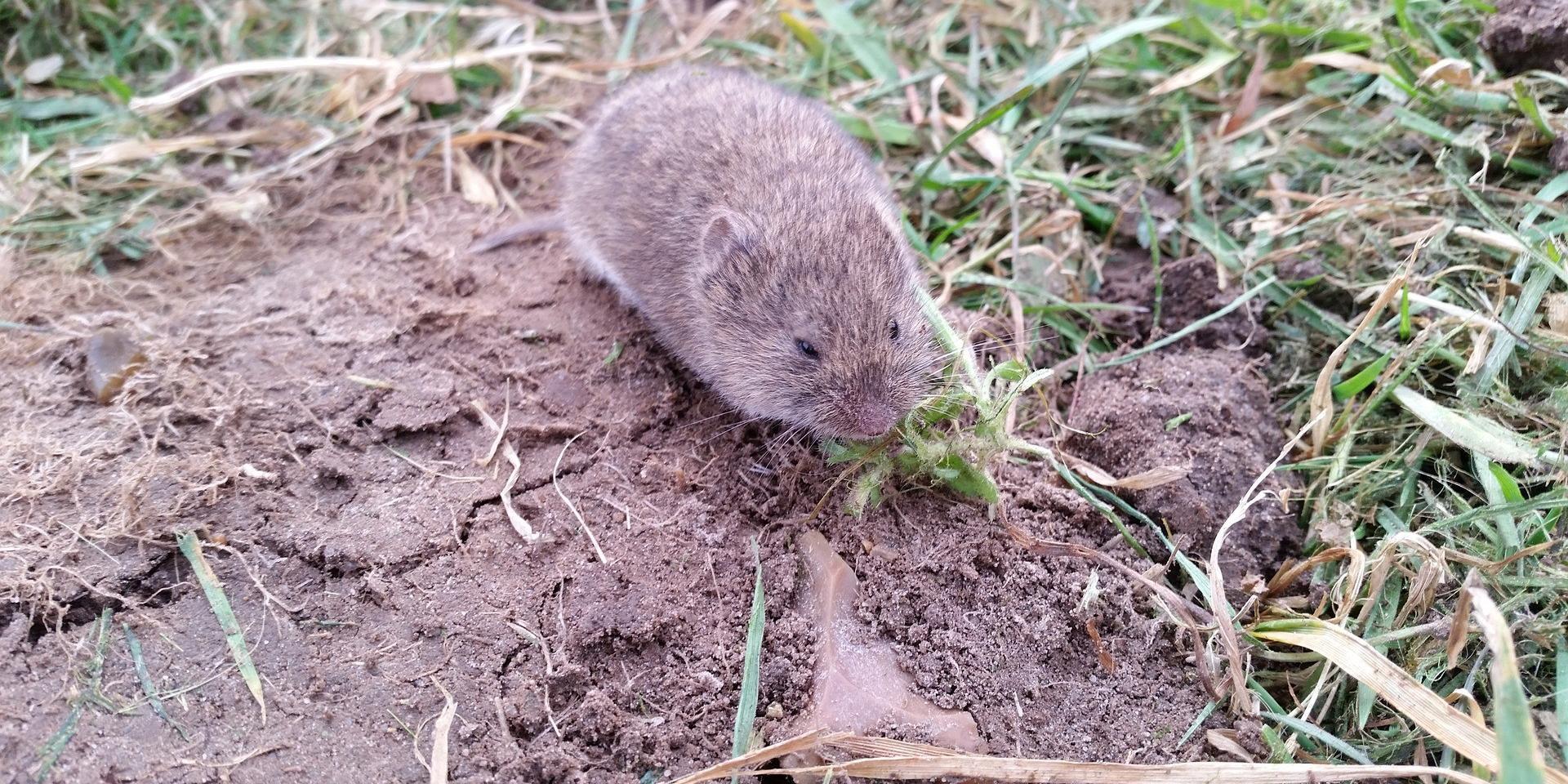Efficient Vole Control Solutions: Handling Vole Pest Issues
Comprehensive Guide to Effective Vole Bug Control: Infestation Identification and Treatment Approaches
In the realm of effective pest control, vole invasions posture an unique challenge that demands a calculated method. These small rodents, usually incorrect for computer mice, can unleash havoc on yards, yards, and crops if left unattended. Identifying the signs of vole presence and implementing targeted therapy approaches are crucial parts of an effective bug administration plan. By checking out the subtleties of vole habits, recognizing key indications of problem, and assessing a variety of control choices, one can establish a thorough technique to fight these elusive bugs.
Comprehending Vole Actions
Vole habits is identified by their burrowing routines and fast recreation rates, making them a tough parasite to control efficiently. Their fast reproductive rate further complicates control efforts, with ladies qualified of generating numerous trashes in a single year, each consisting of a number of children.
Voles are most active during the early morning and night hours, investing most of their time foraging for food. Their delving practices not just disrupt gardens and lawns but also make them testing to spot and eliminate. Recognizing vole habits is important for effective parasite control methods. By determining their burrow locations, keeping an eye on feeding areas, and implementing targeted control approaches, such as trapping or environment alteration, vole infestations can be taken care of effectively.
Indicators of Vole Infestation

Prevention Strategies
Applying efficient avoidance methods is important in reducing vole problems and protecting plant life from their destructive feeding behaviors. To prevent vole invasions, it is essential to begin by removing potential food sources and shelter.
Routinely evaluating the residential or commercial property for indicators of vole activity, such as paths and burrow openings, is important for very early discovery and prompt action. Think about utilizing traps or repellents tactically put near their paths if vole task is suspected. Utilizing all-natural killers like owls or serpents can likewise aid maintain vole populaces in check. By applying a mix of these avoidance gardeners, techniques and house owners can successfully protect their plants from vole damage.
Non-Lethal Control Approaches
To effectively manage vole populations while focusing on gentle approaches, non-lethal control methods offer useful remedies for reducing vole damage in landscapes and gardens. These barriers can be buried at least 12 inches deep and bent at a 90-degree angle to protect against voles from delving underneath.

Lethal Control Options
One reliable method for dealing with vole invasions in landscapes and gardens involves the critical use of deadly control alternatives. When confronted with a serious vole problem that non-lethal approaches have stopped working to have, carrying out dangerous control measures ends up being critical. One typically used lethal control choice is the use of breeze traps. These traps are developed to promptly and humanely kill voles upon activation, click to read more making them a popular option for lots of garden enthusiasts and landscaping companies. To increase the effectiveness of snap traps, it is recommended to put them in locations where vole task is high, such as along runways or near burrow entryways. An additional dangerous control alternative is the application of toxic baits specifically developed to target voles. These lures contain toxin that is consumed by the voles, bring about their eventual demise. Care must be worked out when making use of poisonous lures to stop damage to non-target pets or animals. Generally, when utilizing lethal control options, it is vital to do so responsibly and in conformity with neighborhood guidelines to efficiently manage vole problems.
Verdict
In conclusion, reliable vole bug control needs an extensive understanding of vole behavior, identification of indicators of infestation, application of avoidance techniques, and application of both non-lethal and deadly control methods. By incorporating these approaches, people can effectively handle vole populaces and secure their home from damage. It is necessary to address vole problems quickly to protect against further issues and reduce the effect on the surrounding setting.
Offered the detailed passage systems and quick recreation prices particular of voles, identifying the indicators of vole infestation becomes necessary in reliable pest control. One of the main signs of vole visibility is the existence of surface area paths or trails in turf or snow, normally about 1-2 have a peek at this site inches large, developed as voles take a trip in between their burrows and food resources.To properly manage vole populaces while focusing on gentle techniques, non-lethal control methods use functional services for decreasing vole damage in landscapes and yards.One reliable approach for discover here resolving vole problems in yards and landscapes involves the strategic usage of deadly control options. vole pest control.In final thought, effective vole insect control requires a thorough understanding of vole habits, identification of indications of infestation, application of avoidance techniques, and usage of both non-lethal and lethal control methods